Educator’s Guide to Nest Boxes
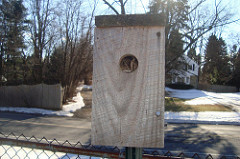
Spring is here and it’s the perfect time to install nest boxes for the breeding season. Many migrant birds are returning and are seeking a safe space to lay their eggs. For some species, there is a shortage of great places to nest, so nest boxes provide a great alternative.
Among the birds that use nest boxes are several species of owls, wrens, bluebirds, chickadees, American Kestrels and Purple Martins. These species will use the boxes because they mimic cavity nests that they would find in the wild.
Building and caring for a nest box can be a very rewarding experience and a great project-based learning opportunity for students of all ages. To get you thinking about how you might use nest boxes, here are some helpful tips as well as ‘do’s’ and ‘don’ts’ for installing, watching, and maintaining a nest box.
First things first: what species do you want to attract?
Nest boxes come in a variety of shapes and sizes depending on the species that uses them. After all, everything from a bluebird to an osprey can use a nest box and nest platform! So when building or buying your box, be sure you know what diameter your entry hole should be and how much space is inside, to make it perfect for your target species.
NestWatch has a great resource for determining the right house for the right bird. All you have to do is input your location and your primary habitat.
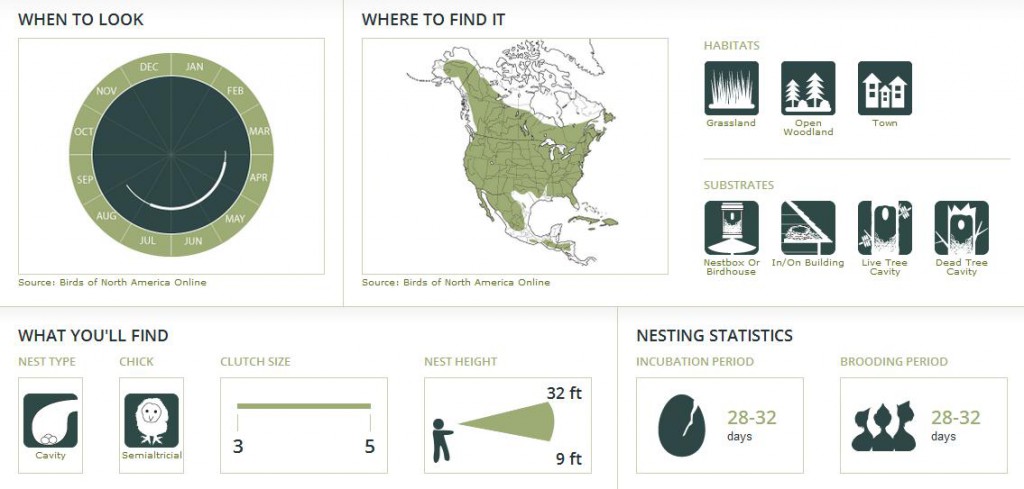
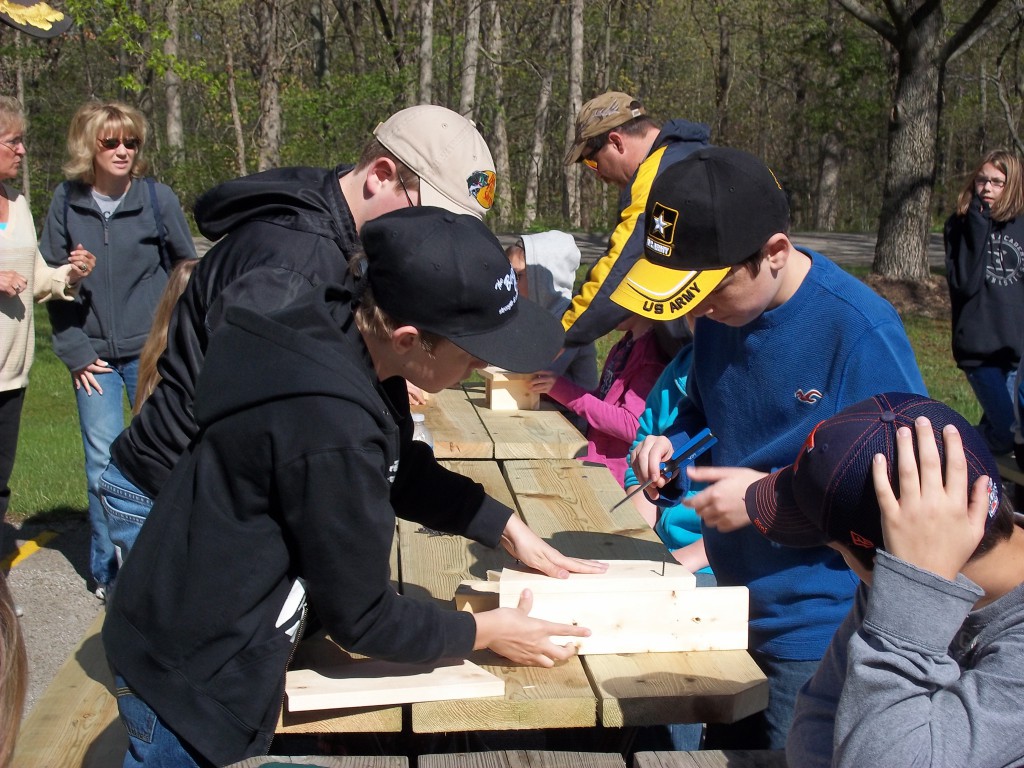
“Features of a Good Birdhouse” is a great resource from NestWatch to make sure your box is species appropriate. These students at Manatee Bay Elementary have been building nest boxes for American Kestrels. These species-specific boxes will be placed in state parks in Florida to help American Kestrel populations.
Location, Location, Location!
Birds can be very picky about where they build their nest. To ensure they find your nest box, make it easy for them to find! Be sure to check habitat requirements for your target species and choose your spot accordingly. If you place a box near areas frequented by your target species or near resources your species uses, they are more likely to find it and use it.
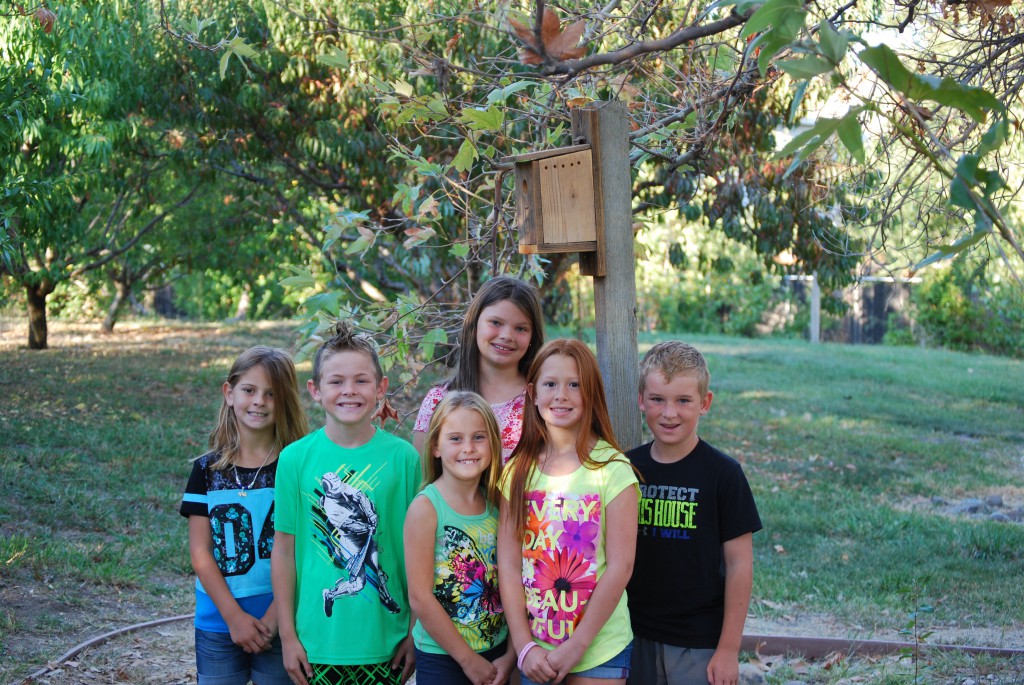
The students at Sunrise Elementary in Bullhead City, AZ hung nest boxes in their yard, providing water sources and food for their desert birds so they would be more comfortable using the birdhouses. You can also contribute to existing initiatives like Pam Evans’ students. They worked with the East Central Illinois Bluebird Society to construct and mount nest boxes on an existing bluebird trail. The Keep Islip Clean (KIC) club at Islip High School in NYC has redesigned their courtyard to be suitable habitat for a variety of nesting birds. Many birds visit and nest in their courtyard such as mallards, sparrows, wrens and chickadees.
Tips on unwanted species
Nest boxes can sometimes attract unwanted species. This may mean non-native European Starlings, House Sparrows or unfriendly bees, wasps, mice, and even squirrels move into the box you have provided for someone else! The good news is that most of these unwanted guests can either be removed or discouraged from ever using the boxes in the first place.
Here are a few suggestions to keep out common unwanted pests:
- Be sure to keep nest boxes sealed until the start of the breeding season. This will solve a lot of problems with unwanted visitors.
- Clean out nest boxes between breeding seasons. This will remove any old nesting material and ensure that harmful bacteria and contaminants are kept away from the birds. Use gloves, a dust mask, and mild soapy water when cleaning.
- To keep bees and wasps from colonizing the nest box, spray the inside of the top of the box with some non-stick cooking spray. This makes the surface too slippery for the insects to climb on.
- Install predator guards to keep species like squirrels out of boxes, and KEEP CATS INDOORS. We cannot stress this enough. Domestic cats prey on songbirds and can decimate a nest.
- Consider installing separate boxes, placed for species like House Sparrows, well away from the target nest box.
- Place target nest boxes in areas where unwanted species are unlikely to nest. For example, to deter House Sparrows and Starlings, keep boxes away from densely-populated locations and closer to woods or fields.
- Avoid providing food for unwanted species. Many bird seed mixes contain the perfect ingredients for European Starlings and House Sparrows. Selecting seed more carefully for desirable species gives you a better chance of attracting the right birds.
- Exclusion tactics! Starlings can’t fit through holes smaller than 1 1/2”. Use the diagram below to determine the entrance hole size you want.
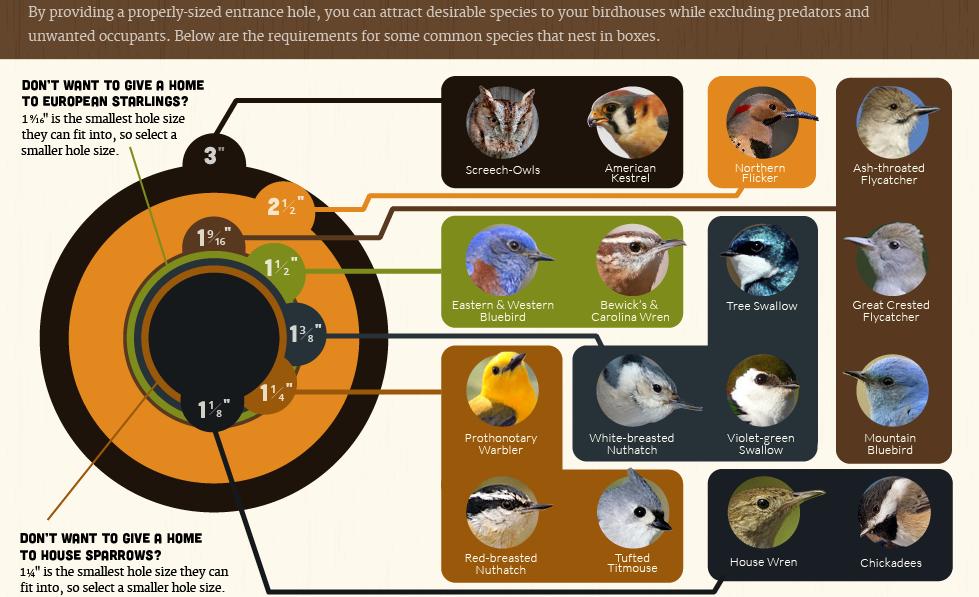
Going Further
Learn more about nest boxes and nest structures with NestWatch.
Having issues with your nest box? Check out this handy Nest Box Trouble Shooting Guide for more tips.
Get more information on where and when to set up your nest box to better attract birds to them.
Check out the nesting project essentials pocket guide from Project NestWatch: Right Bird, Right House: Providing a Safe Space for Birds to Raise Their Young